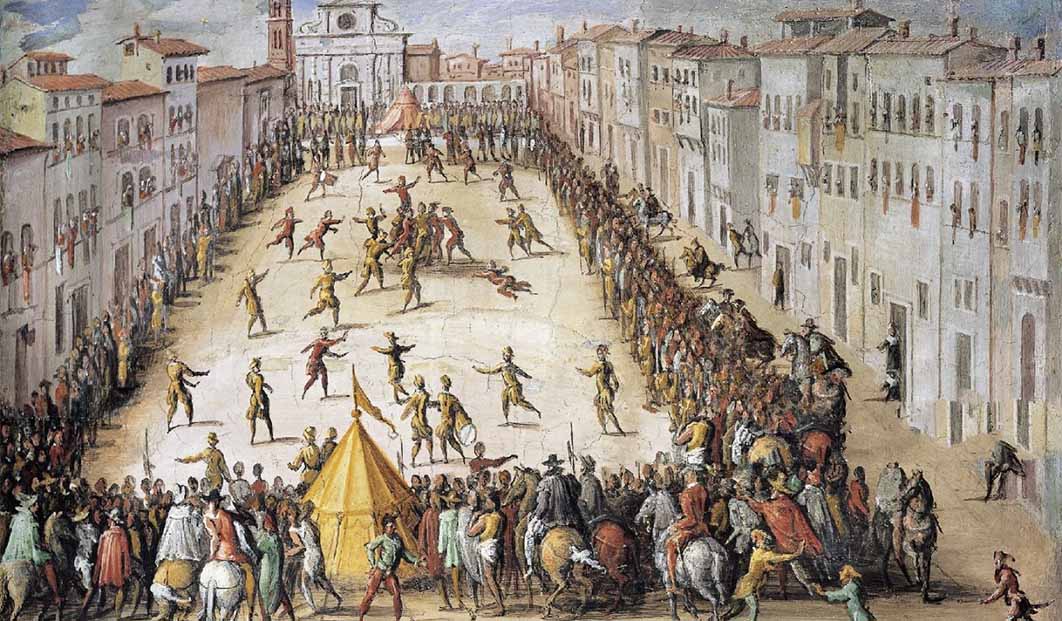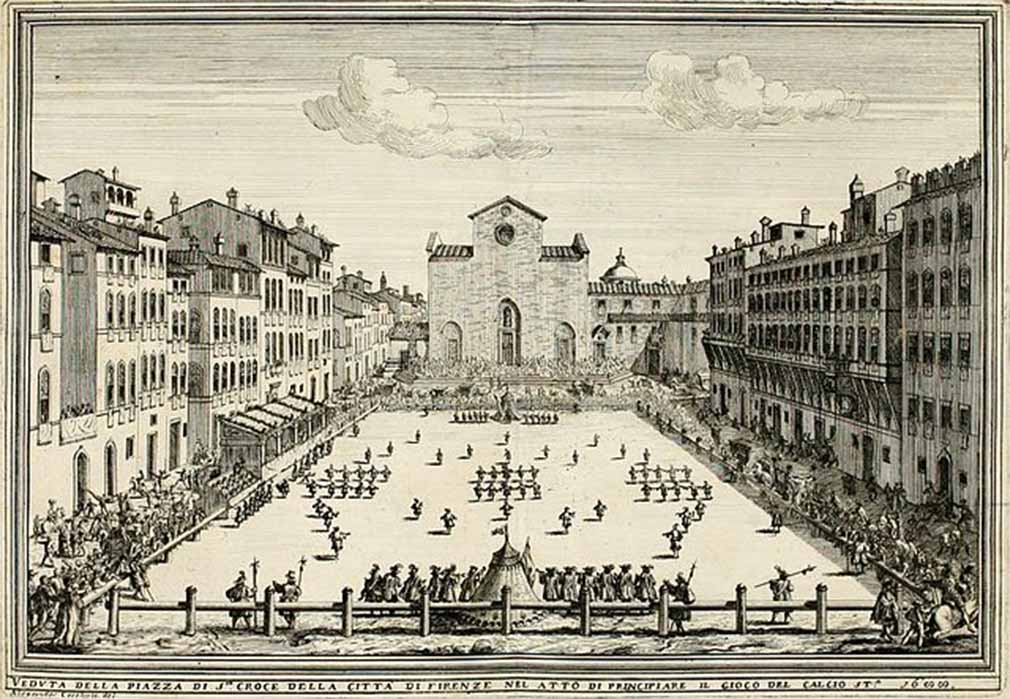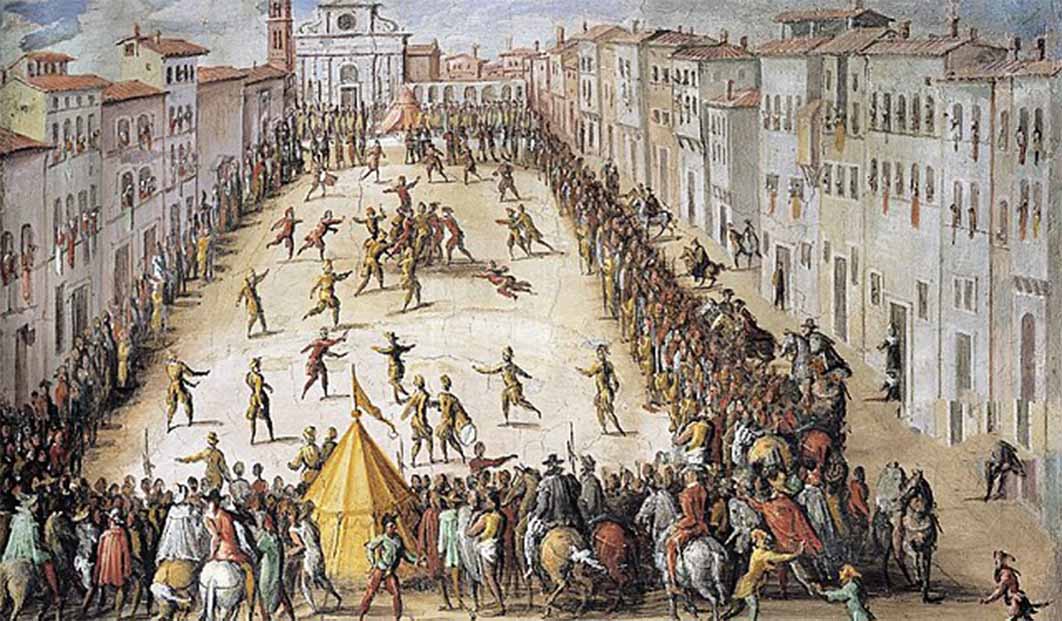
Calcio Storico, The Sport of Florence That Equates to an All-out Brawl
In modern times, it is not uncommon for ancient sports to once more become popular. Often, they are long forgotten board games, or folkloric games with sticks and stones. But one Italian sport didn’t even need revival. Calcio Storico is an early form of football that has its origins in the Middle Ages. It is a brutal and rough sport with vague rules that often dissipate into pure chaos and violence on the field. That’s right - if you thought traditional football or rugby football were rough, calcio storico is immeasurably rougher, and seems similar to rank along with the Mesoamerican ball games in its violence. And now, historians think that the game might have origins that reach as far back as Ancient Rome, making it one of the longest-surviving sports in history.
- From Ancient Greece to Now: the Bravado of Athletes Transcends Centuries
- Irish Sporting Games: A Big Event 1,000 Years Before Greek Olympics
Calcio Storico Fiorentino - a Different Kind of Rough
Calcio Storico, also known as Calcio Fiorentino, is a unique and ancient sport that combines elements of football, rugby, wrestling and boxing. Originating in Florence, Italy, during the 15th century, it holds a significant place in Italian, and especially Florentian, culture and history. The sport is not just a game but a symbol of tradition, pride, and passion for the people of Florence. With its rich history, intense physicality, and deep-rooted cultural significance, Calcio Storico stands as a testament to the enduring spirit of sport and community - even though it is violent by any standards.
Although the game as it is now originates in the 15th century, its true beginnings can be traced back to the Ancient Roman game of Harpastum, which involved teams competing to control a small ball by any means necessary. Over time, this evolved into various forms of medieval football games played across Europe. In Florence, Calcio Storico emerged as a somewhat refined version of these ancient ball games, taking shape during the Renaissance era.
- The Gates of Paradise in Florence - A Masterpiece of Renaissance Art
- 11,000 Years Of Ancient Culture In Belize

A Calcio Fiorentino game played at Piazza Santa Croce, Florence, Italy. Calcio fiorentino. (Public Domain)
The modern rules of Calcio Storico were established in the 16th century by Giovanni de' Bardi, a Florentine count, and the sport gained popularity among the city's aristocracy. Hence it is often known as the “noble game”. Matches were often held during festive occasions, serving as a means of entertainment for both nobles and commoners alike. It was even enjoyed and played by famous popes, including Clement VII, Leo XI and Urban VIII, who played it in the Vatican City.
Despite occasional bans by authorities due to the sport's violent nature, Calcio Storico persisted and became deeply ingrained in Florentine culture, quickly becoming the symbol of its citizens. So loved was it, that it was played even during the hardest parts of Florentine history. On one occasion, in February 1530, Florence was under siege by troops of Charles V. But even so, in spite of the besiegers, the people gathered in the Piazza Santa Croce and played their beloved calcio storico.
A Game That’s Like No Other
Calcio Storico is not for the faint of heart; it is a raw and intense spectacle that pushes the limits of physicality and endurance. The game is played on a rectangular field of sand, which serves as both a stage for the players' athleticism and a cushion for their inevitable collisions and falls. The dimensions of the arena or “campo” can vary but typically measure around 80 meters (262.46 ft) in length and 40 meters (131.23 ft) in width.





